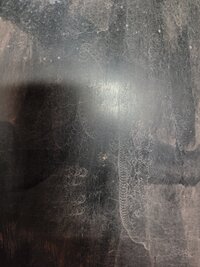I'm trying out my Bondo skills for the first time and it is a bit of a frustrating experience. I have found that you just don't fill the dip and be done with it, you have to actually cover a fairly broad area and blend it all in. Naturally, I find many dips and valleys once the sanding commences, which has led to at least 3 do overs. I think I am nearing the end (ha ha) but I am wondering what kind of finish the Bondo needs before I can paint? I know I cant have any abrupt edges between the Bondo and the surrounding metal, but the surface itself, does it need a 1000 grit polish before the primer? I'm resolved to being disappointed with the first coat, but if it comes down to having to strip and re-sand the entire tank, I will be pretty disappointed.
-
Enjoy XS650.com? Consider making a donation to help support the site.
XS650.com receives a small share of sales from some links on this page, but direct donations have a much greater impact on keeping this site going.
Bondo Advice
- Thread starter MacMcMacmac
- Start date

